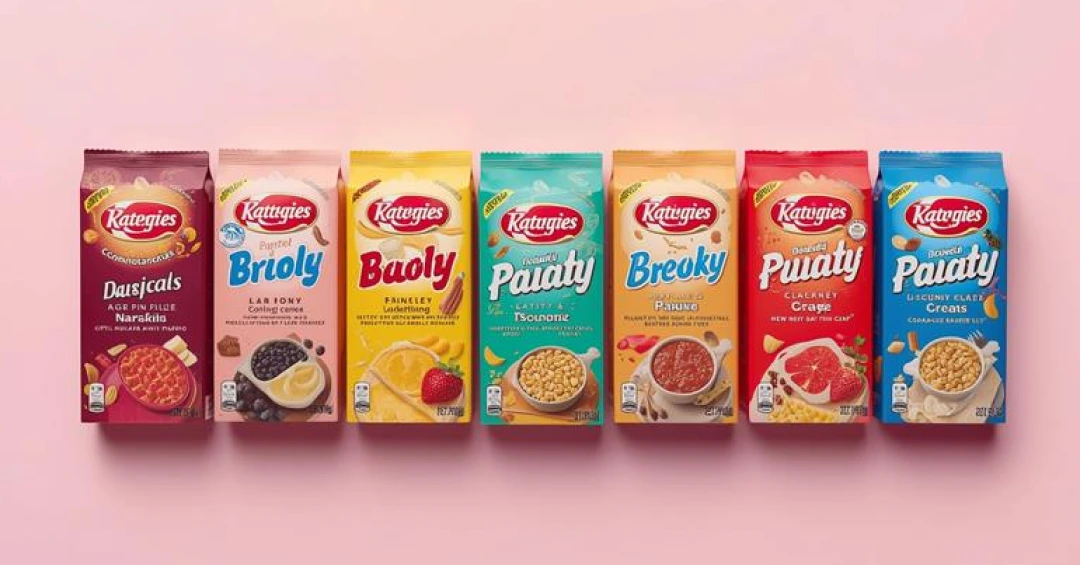If your company still treats packaging artwork as a marketing function, you risk costly mistakes and operational headaches. In today's complex global marketplace, supply chain leaders must be at the heart of artwork management. Read on to uncover why that makes all the difference.
The High Stakes of Artwork Management
Everyone understands the cost of artwork management failures. Just recently, Gaiser’s European Style Provision Inc. recently recalled over 143,000 pounds of bologna due to undeclared pork—an avoidable labeling oversight. In fact, labelling errors topped the list of 2024 U.S. food recalls, racking up $1.92 billion in industry losses.
Traditional approaches to artwork management using siloed tools and manual processes lead to:
- Increased risk of errors
- Missed deadlines
- Reprints
- Wasted inventory
- Compliance issues
Why Gaps Occur
Through working with dozens of global brands, we've identified three root causes for packaging artwork management gaps:
- Fragmented communication between teams: Leadership often views artwork as purely about branding, not recognizing the supply chain's role. This lack of communication between various stakeholders leads to several gaps in artwork management.
- Late-stage involvement: Most supply chain teams engage with artwork 70% later than they should. By then, it's often too late to catch or correct errors.
- Limited visibility into artwork timelines: Relying on Excel trackers and endless email chains means critical updates get buried in someone's inbox. Version confusion leads to teams working off different files, and nobody has a real-time picture of where things stand.
How Early Supply Chain Involvement Changes the Game
Restructuring the artwork process in such a way that supply chain teams are an integral part from day one brings several benefits:
- Better alignment with production schedules: When supply chain teams come in early, it becomes easy to keep packaging material specs accurate and updated all in one place. This maintains consistency, thus reducing procurement errors and aligning production with supply chain needs.
- Early issue detection: Supply chain leaders know what works on the production floor—from barcode placement to dieline fit. Their insights help spot and resolve problems before they escalate.
- Streamlined approvals: Involving supply chain teams in early reviews ensures key artwork details are communicated clearly. This improves vendor coordination and minimizes delays.
- Faster time to market: Product launches happen more quickly when supply chain teams are involved early. Packaging can be rapidly reviewed with approved hierarchies and automated workflows, removing bottlenecks and streamlining revisions.
- Improved Regulatory compliance: Familiar with market-specific packaging norms, supply chain teams help ensure artwork meets compliance from the start—avoiding fines and shipment delays.
Streamlining Artwork Management: Practical Strategies
To truly involve supply chain teams in artwork management, organizations must go beyond process tweaks. Here are practical strategies that deliver real impact:
- Invest in modern tools: Cloud-based platforms can be game-changers. Instead of chasing feedback across 20 different threads, marketing, legal, and supply chain teams can work from the same playbook in real time.
- Clarify ownership: Undefined roles often slow everything down. Organizations can drastically reduce their approval times by assigning specific ownership at each approval stage.
- Track cross-functional KPIs: Aligning marketing, regulatory, and supply chain teams with shared KPIs promotes accountability and unified progress.
- Automate version control: Automated version control can reduce production errors by ensuring stakeholders work on the correct artwork copies.
- Centralize workflows: Consolidating everything into one platform eliminates duplicate work and creates no more conflicting changes - just one clear workflow everyone follows.
- Enable real-time tracking: Real-time tracking allows stakeholders to see exactly where things are stuck and reroute immediately instead of discovering problems later.
- Ensure integration: Integrating artwork management systems with ERP, SAP, and QMS systems ensures changes flow automatically downstream, eliminating countless manual updates and reconciliation headaches.
Conclusion
Packaging artwork isn’t just about what’s on the label—it’s about everything that happens before and after. Businesses that understand this and involve supply chain teams in artwork choices benefit from fewer mistakes and recalls, more effective production runs, and quicker global product launches.
The brands leading in artwork management aren’t just optimizing—they’re rethinking ownership entirely.
Is your organization ready to make that shift? Here’s how ManageArtworks can help!
Frequently Asked Questions
Centralized data and communication tools align procurement, logistics, and distribution for smoother operations.
Having supply chain teams as a critical part of the artwork management process opens doors to:
- Better alignment of artwork with production schedules
- Early issue detection and rectification
- Streamlined approvals
- Faster time to market
- Regulatory compliance
Yes, automated workflows speed up reviews, eliminating bottlenecks and supporting faster time-to-market.





.webp)
















